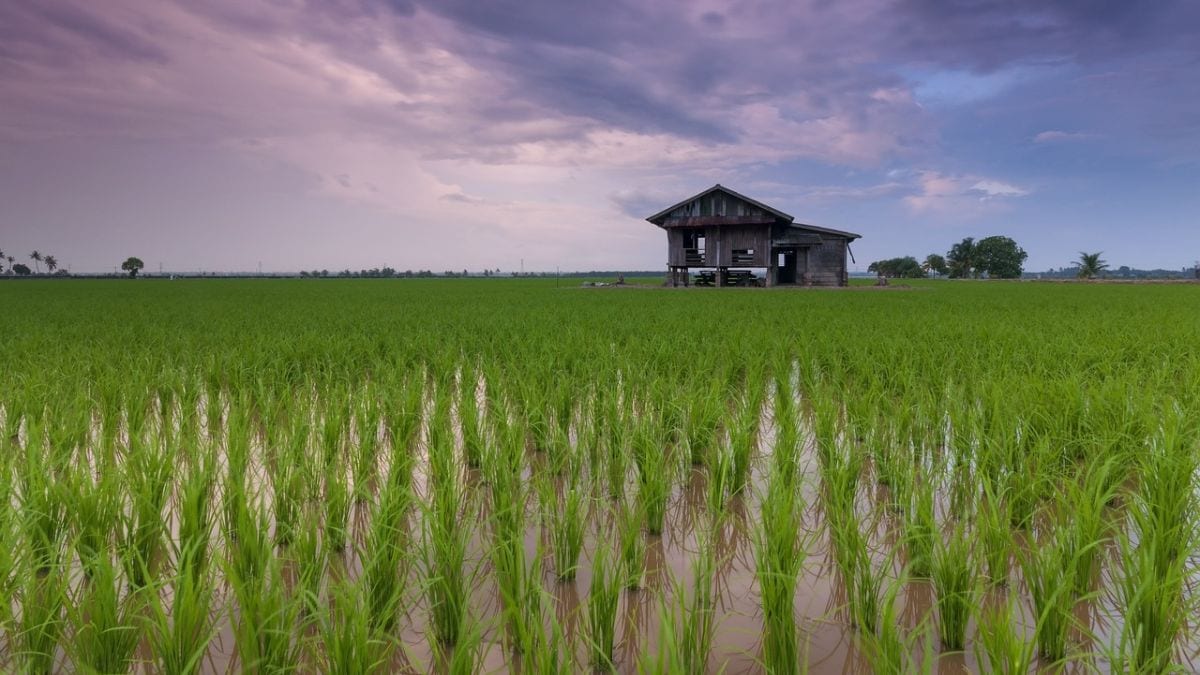A decline in rice quality across East Asia has been attributed to climate warming, according to a study published in Geophysical Research Letters. The research, led by Dr Xianfeng Liu of Shaanxi Normal University in China, highlights the vulnerability of rice—a dietary staple for billions—to rising temperatures. Using 35 years of data from Japan and China, the team analyzed how various climate factors affect the “head rice rate” (HRR), a critical measure of rice quality based on the proportion of intact grains after milling.
Key Climate Factors Impacting Rice Quality
The study identified warmer nighttime temperatures as the primary driver behind reduced rice quality, as per reports. For Japan, HRR began declining at night temperatures exceeding 12 degrees Celsius, while for China, the threshold was 18 degrees celsius. Elevated nighttime temperatures during flowering and grain development phases were found to hinder photosynthesis and starch accumulation, causing more grains to break during processing.
Reportedly, solar radiation emerged as the second most significant factor, with higher radiation levels linked to reduced HRR. Other contributing factors included reduced precipitation and increased daytime vapor pressure deficit, with HRR declining when the latter exceeded 0.5–1 kPa.
Projected Declines in Rice Quality
As per multiple reports, projections under moderate and high greenhouse gas emissions scenarios suggest that rice quality will continue to deteriorate. Between 2020 and 2100, HRR is expected to decline by up to 1.5 percent in Japan and 5 percent in China, with the impact intensifying after 2050 under higher emissions. Southern regions in both countries, closer to the equator and more vulnerable to rising nighttime temperatures, face the greatest challenges.
Implications for Food Security
The findings raise concerns over the adaptability of rice cultivars to climate change. Southern provinces in China, the nation's primary rice-growing regions, may struggle to mitigate these impacts, posing risks to food security, human nutrition, and economic stability. The study underscores the urgent need for climate-resilient agricultural practices and crop varieties to safeguard global rice supplies.


